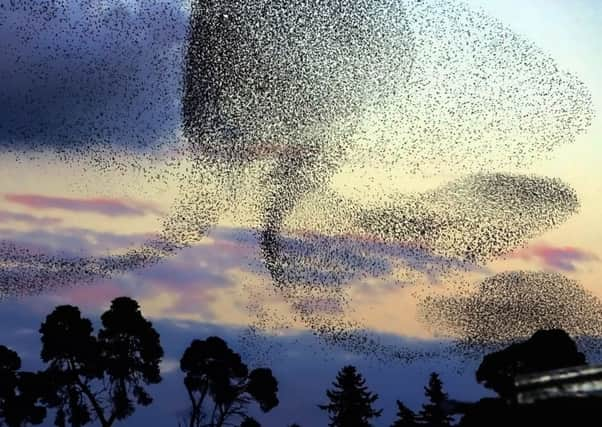Migrating seabirds are drawn to risky '˜biodiversity hotspots'


Scientists from the universities of Glasgow and Exeter tracked the behaviour of seabirds migrating across the Atlantic to improve understanding of how they use the marine environment and find out where they might come into conflict with human activities.
The study, published today in Biology Letters, found that the Canary Current, a wind-driven ocean upwelling off the west coast of Africa, was a key hotspot for the seabirds.
Advertisement
Hide AdAdvertisement
Hide AdThe Canary Current is known to be a globally important biodiversity region, and also one of the most intensively fished areas on earth.
The upwelling brings nutrient rich water from global currents to the surface, which attracts a range of wildlife including fish and birds.
Although scientists have long suspected that upwellings such as the Canary Current are important for seabirds, until now there has been little information on where the birds come from and how long they spend there.
The researchers used miniaturised loggers to follow seven different species across the Atlantic including northern gannets and lesser black-back gulls from the UK, to reveal why these migrating birds choose to spend time in this area.
The data revealed that the birds were drawn to areas with a specific surface temperature, of between 15 and 20 degrees Celsius, and waters were there was nutrient rich chlorophyll at the surface.
Dr James Grecian, University of Glasgow, said: “Marine animals can move many thousands of kilometres when migrating, making conservation challenging.
“These findings improve our understanding of how animals use the marine environment and where they come into conflict with human activities.”
The seabirds were tracked using miniature tags attached to their legs.
Advertisement
Hide AdAdvertisement
Hide AdThe tracking showed that the majority of the birds visited the Canary Current, and that it was an area of high biodiversity.
Dr Steve Votier, Environment & Sustainability Institute, University of Exeter, supervisor of the project, said: “Such studies highlight the importance of animal tracking to inform marine conservation, and that effective protection requires a global perspective.”